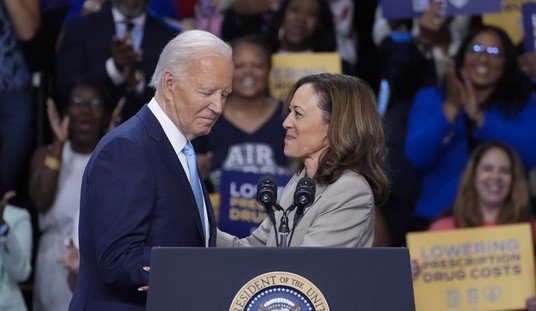The Columbia Journalism Review gives more background on Sonia Sotomayor with an eye towards the implications of her efforts on the bench for their industry. Alex Wood talks about his travails and eventual defeat on a Freedom of Information Act request in pursuit of data that might have showed the Department of Justice covering up perjury by investigators at the FBI. That defeat came at the hands of Judge Sotomayor, who hadn’t even addressed the key points of his appeal:
On September 21, 2005, Wood appeared before the New York based Second Circuit via a video link from a district court building in Hartford—“just not to blow a day riding the train back and forth,” he says—and argued his case. As a pro se litigant, he would only have five minutes to make his case before Sotomayor and the other judges.
“I was about ten, fifteen seconds into my argument when she interrupted with her first question,” remembers Wood. According to Wood’s recollection, Sotomayor first asked Wood if he was contending that the memo had to be released because it may have recommended declining prosecution—the same action the government chose. (CJR was unable to obtain a transcript of the session.)
“Basically she asked me a leading question that invited me to misstate the law,” says Wood. His brief hadn’t made that claim; instead, it contended that the memo may be eligible for release because it laid out the reasons adopted by the eventual decision, a point which Wood says he was able to make in court.
Over the course of questioning, Wood came to believe that Sotomayor wasn’t familiar with his arguments as presented in his brief. “I didn’t expect she’d read the whole thing, but she didn’t even read the parts of the brief she was interested in.”
As unhappy as he may have been during oral argument, Wood was even more dissatisfied when, in December 2005, the three judge panel issued its ruling, written by Sotomayor. His key piece of evidence that further discovery was warranted to determine if the memo had been expressly adopted, the Attorneys’ Manual, was dismissed in a footnote. Sotomayor didn’t quote the manual, and instead offered a paraphrase that made no mention of what Wood contends was the most important part.
“I think the omission of any reference to the language ‘and the reasons therefore’ in that footnote is intellectually dishonest,” Wood explains. “I think Judge Sotomayor and her colleagues owed it to me to at least acknowledge the existence of my main piece of evidence that this memo was adopted as the rationale for the decision to decline prosecution.”
This speaks to both competence and bias. Reporters Committee for Freedom of the Press did some research into Sotomayor’s FOIA rulings and found some evidence of hostility. While they found that Sotomayor tended to support rights of access for reporters to the judicial system, she tended to rule against the media: “But her Freedom of Information Act cases tend to favor withholding records from requesters.”
Given that track record, one wonders why the news media doesn’t give Sotomayor more scrutiny. After all, the ruling in this case directly impacts their ability to get information from the government, which is supposed to be their main raison d’être. If Sotomayor starts writing these kinds of rulings from the Supreme Court, they would carry the force of precedent. Even if they have a love affair with Obama now, those precedents will last a lot longer than his presidency.
One can certainly understand, though, why Patrick Leahy wanted to schedule hearings on the confirmation as soon as possible. The more time it takes, the more of these questionable decisions will rise to the surface, and they will paint a poor picture of Sotomayor during the confirmation hearings.








Join the conversation as a VIP Member